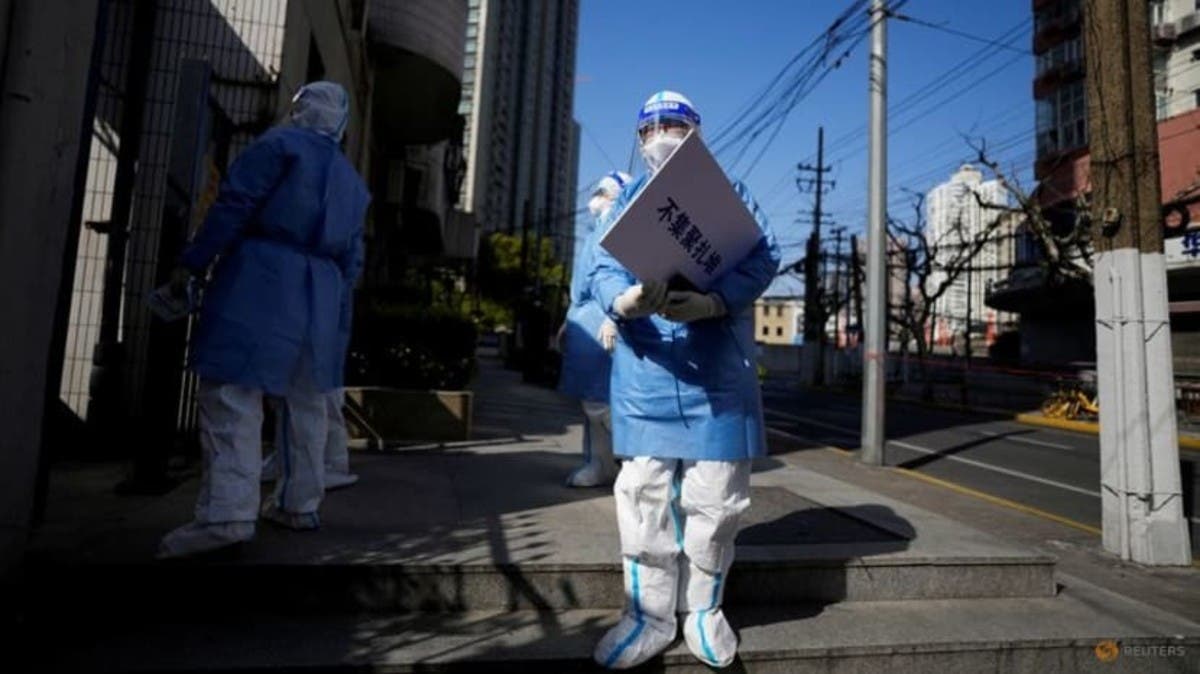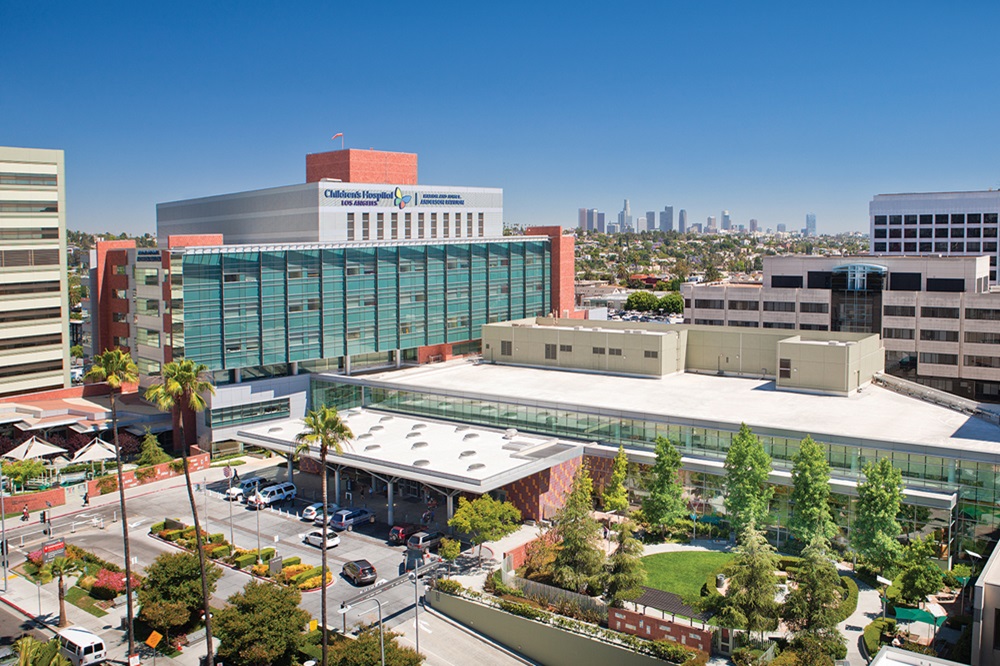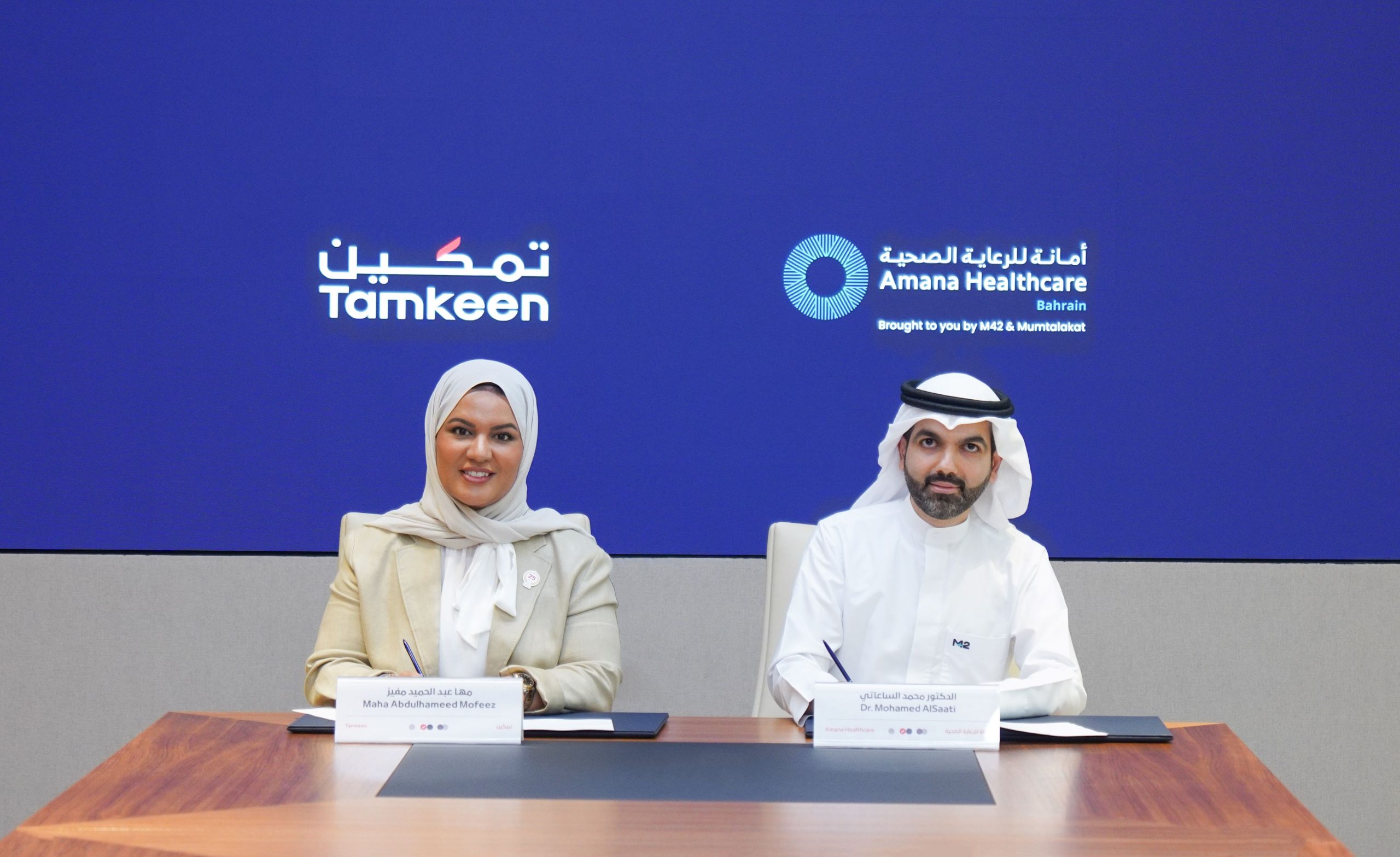Shanghai on Wednesday made concessions on an unpopular COVID isolation policy that has separated children from their parents and sparked a public outcry, but extended a citywide lockdown that has left some residents struggling to buy food.
The lockdown of China’s most populous city, which started in parts of Shanghai 10 days ago and has now confined nearly all of its 26 million residents at home, has massively disrupted daily life and business.
Read the latest updates in our dedicated coronavirus section.
Public criticisms of the curbs, part of Beijing’s COVID elimination strategy, have ranged from complaints over crowded and unsanitary quarantine centers to difficulties in buying food or accessing medical treatment.
For the latest headlines, follow our Google News channel online or via the app.
While Shanghai’s case numbers remain small by global standards, the city has emerged as a test bed for China’s “dynamic clearance” anti-COVID strategy, which seeks to test, trace, and centrally quarantine all positive cases and their close contacts.
Analysts say the restrictions’ impact on the economy is mounting, especially for small businesses, with nearly 200 million people across China under some sort of lockdown, according to estimates by Nomura.
The most controversial of Shanghai’s practices has been separating COVID-positive children from their parents, which came to the fore on Saturday and triggered widespread anger across the country.
The Shanghai government responded two days ago by allowing parents who were also infected to accompany their children to COVID isolation centers. But complaints persisted over children separated from parents who were not COVID-positive.
Further concession
In a further concession on Wednesday, a Shanghai health official said guardians of children with special requirements who are infected with COVID could now apply to escort them, but would need to comply with certain rules and sign a letter saying they were aware of the risks.
When pressed for further information, the Shanghai government said they had issued guidelines to relevant medical institutions and that parents who wanted to accompany their children could consult those institutions.
The comments brought widespread public relief, especially among parents, although some questioned why there was still a need to apply. A hashtag on the subject on China’s Weibo social media platform drew more than 40 million views by Wednesday afternoon.
“This is the right thing to do, carry out management in a humane way,” said one widely liked Weibo comment.
Shanghai also said on Wednesday that it would conduct another round of citywide tests, a mix of antigen and nucleic acid testing. Curbs on residents’ movements will continue until they can evaluate testing results, officials said.
There are signs that the curbs, which were initially scheduled to last about five days for most, are fraying residents’ nerves. Many are beginning to worry about food and drinking water, as supermarkets remain shut and deliveries are restricted.
Some have complained in posts on social media of having to wake up at dawn for a chance at booking a grocery delivery, and finding them sold out within seconds. Others have turned to community WeChat groups to try to bulk-buy fruit and vegetables.
Struggling to buy food
Liu Min, vice-head of Shanghai’s commerce commission, told reporters that authorities were working to resolve bottlenecks and take care of the basic needs of the population.
She said efforts would be made to ship food and other necessities to Shanghai from other provinces, and to build emergency supply stations in and around the city to ensure vegetable supplies. But she said the biggest challenge was getting deliveries to homes.
Long waits to access medical treatment, even after testing positive for COVID, also raised concerns. Reuters on Tuesday witnessed an elderly woman who waited for two hours on a Shanghai street as she sought assistance. She had a fever and had self-tested positive for COVID.
Shanghai detected a record 16,766 new asymptomatic coronavirus cases on April 5, nearly 90 percent of the national total and up from 13,086 a day earlier. Symptomatic cases, which China counts separately, also rose to 311 from 268 the day before.
The city has set up 62 temporary quarantine sites at hotels, stadiums, and exhibition centers, and is converting the 150,000-square-meter National Convention and Exhibition Center into a facility that can hold 40,000 people.
Beijing has shown no signs that it plans to budge from its COVID elimination approach. It deployed the military and 38,000 medical workers from other provinces to Shanghai to help with control efforts.
On Wednesday, Mi Feng, a spokesperson for the National Health Commission, told reporters that China would continue to adhere to the policy without hesitation.
Wu Zunyou, chief epidemiologist at the Chinese Center For Disease Control and Prevention, said at the same news conference that the epidemic situation would improve soon if China strictly implemented its existing COVID measures.
Read more:
Global groups propose pandemic plan costing $10 billion a year
China’s Sinopharm says second-generation COVID-19 vaccine approved for trial
WHO suspends procurement, supply of Bharat Biotech COVID vaccine citing deficiencies


 World3 years ago
World3 years ago
 World3 years ago
World3 years ago
 Business11 months ago
Business11 months ago
 Entertainment7 years ago
Entertainment7 years ago
 World7 years ago
World7 years ago
 Entertainment7 years ago
Entertainment7 years ago





